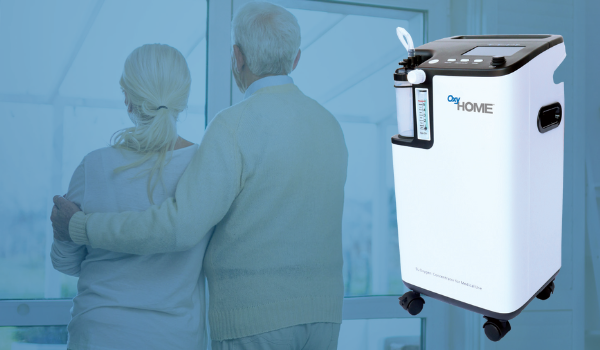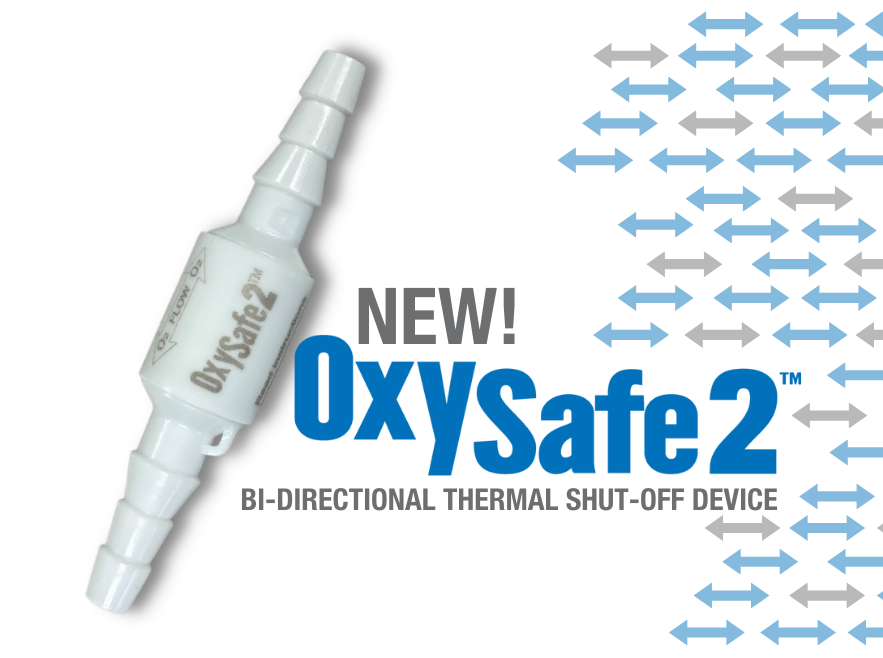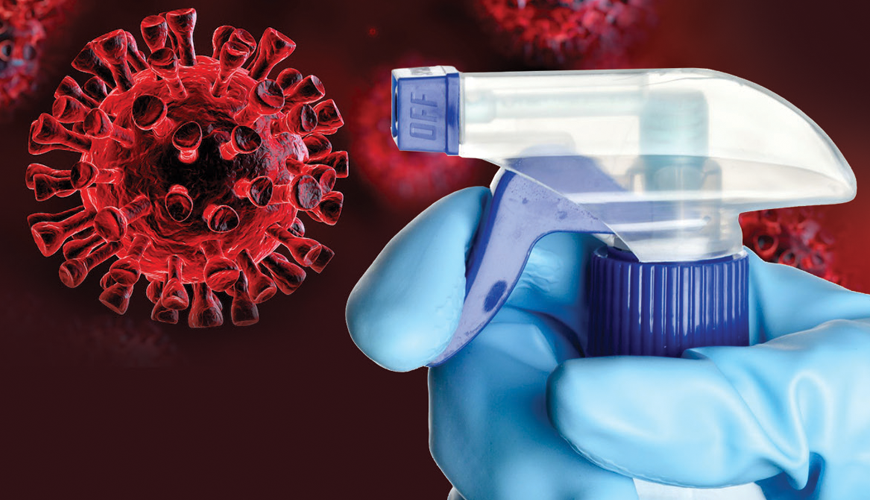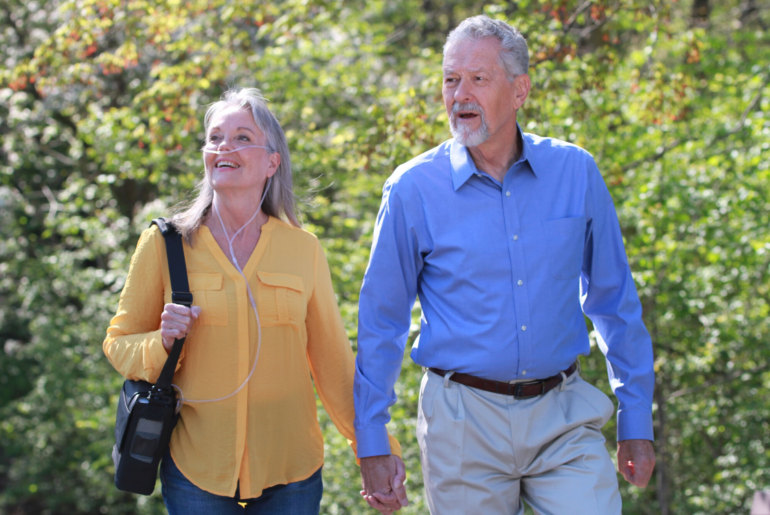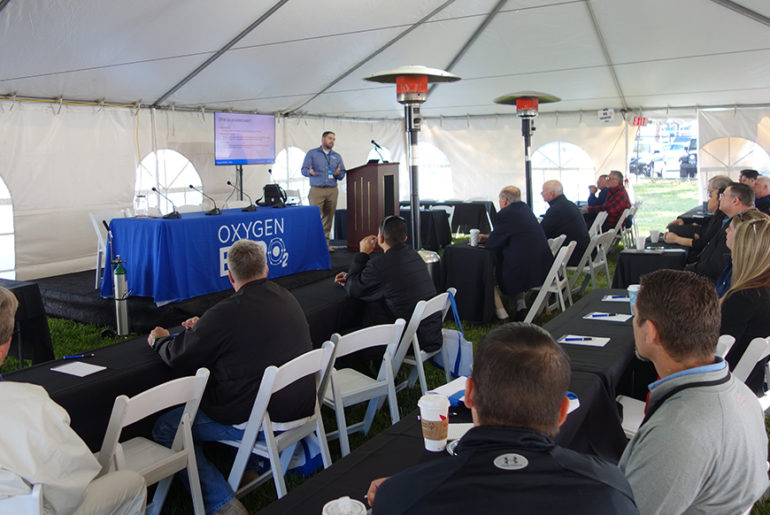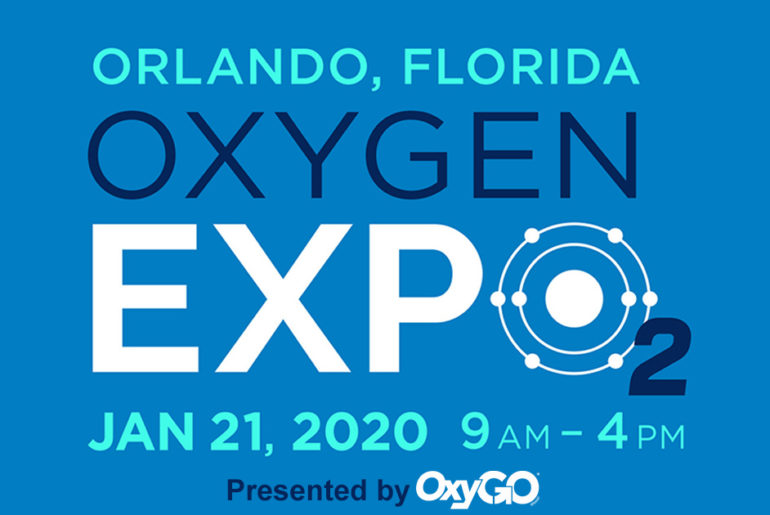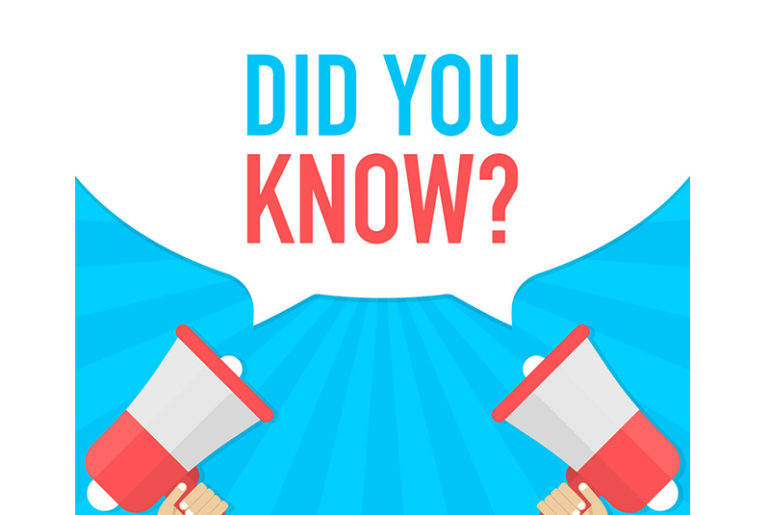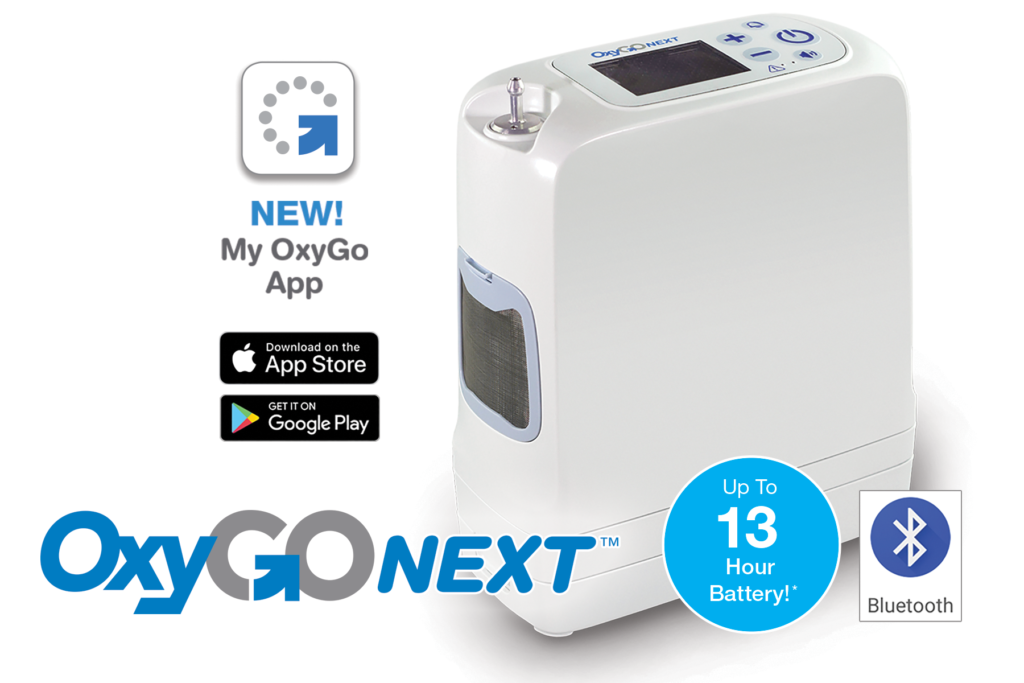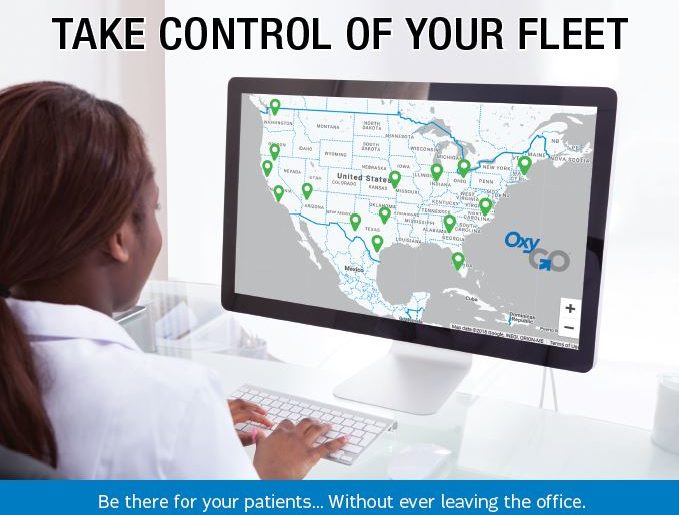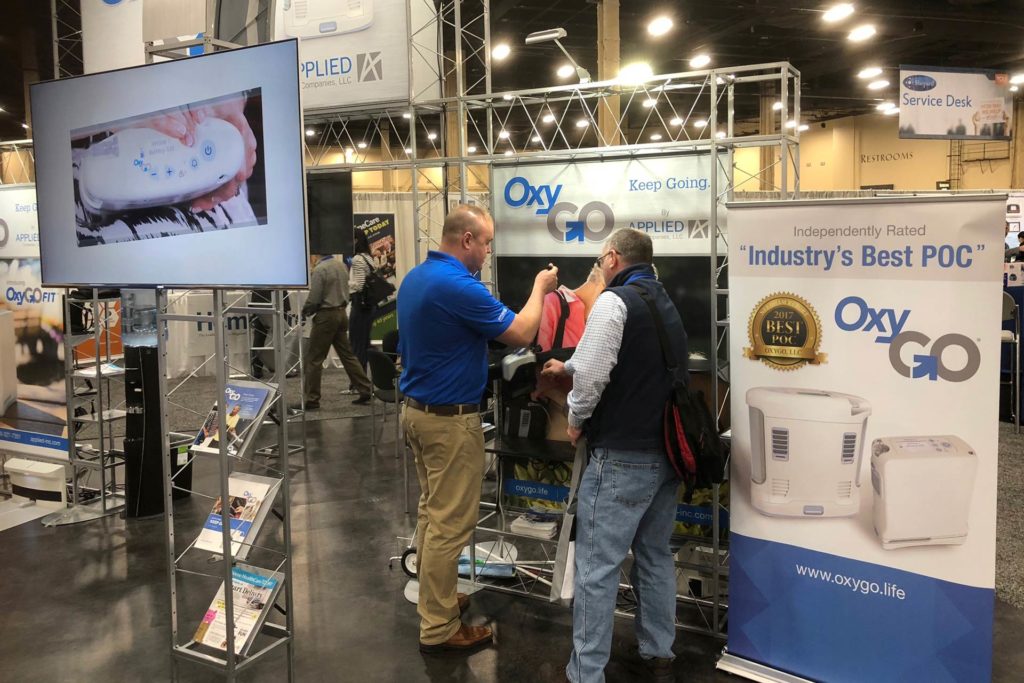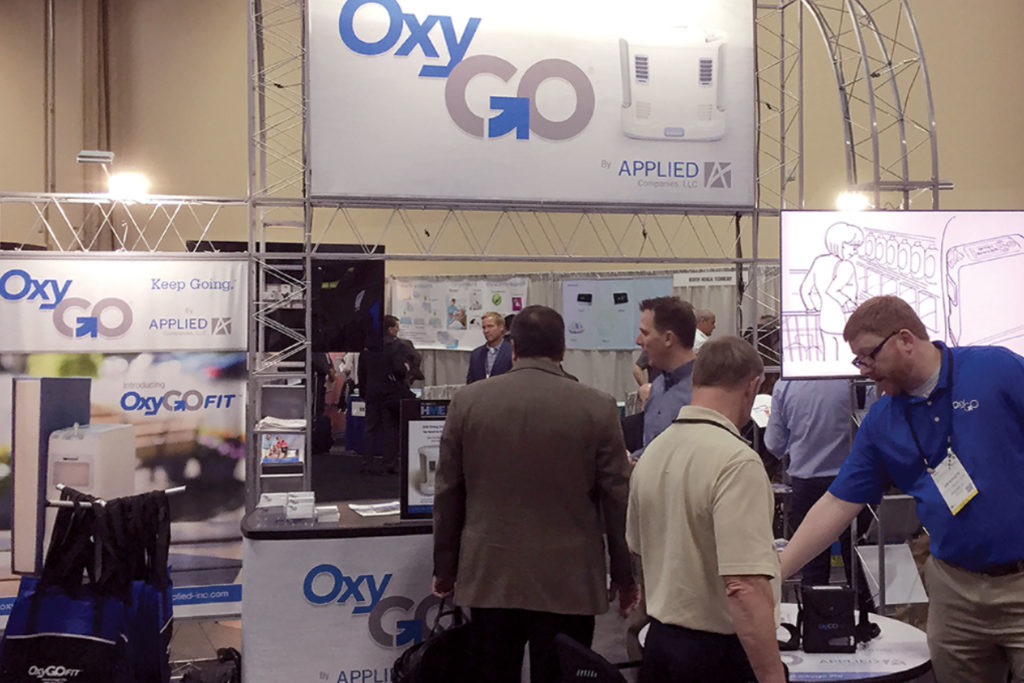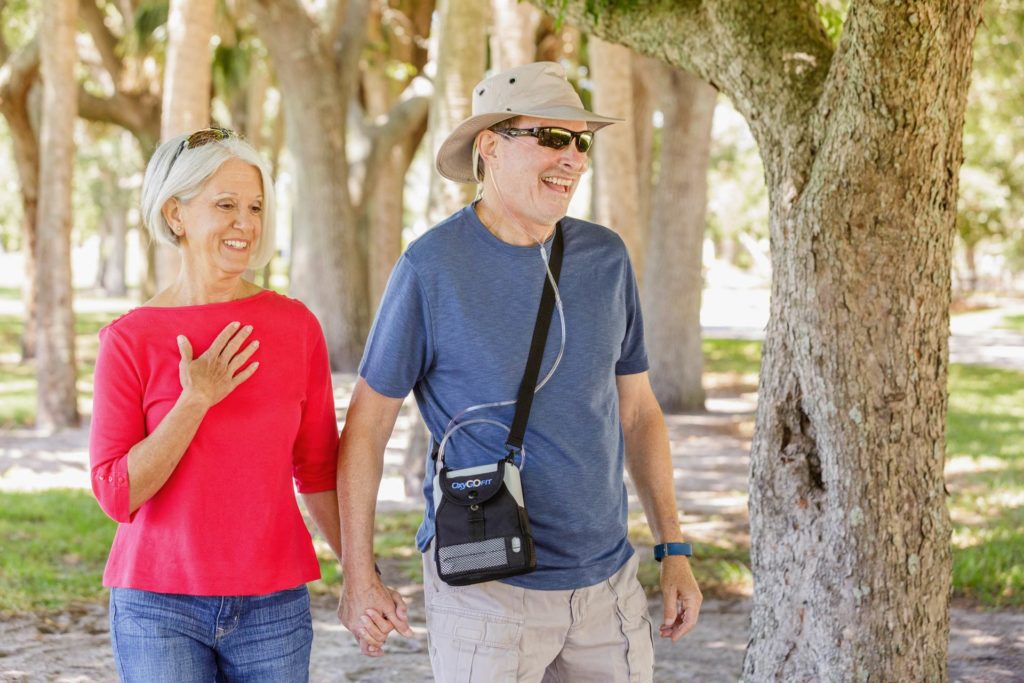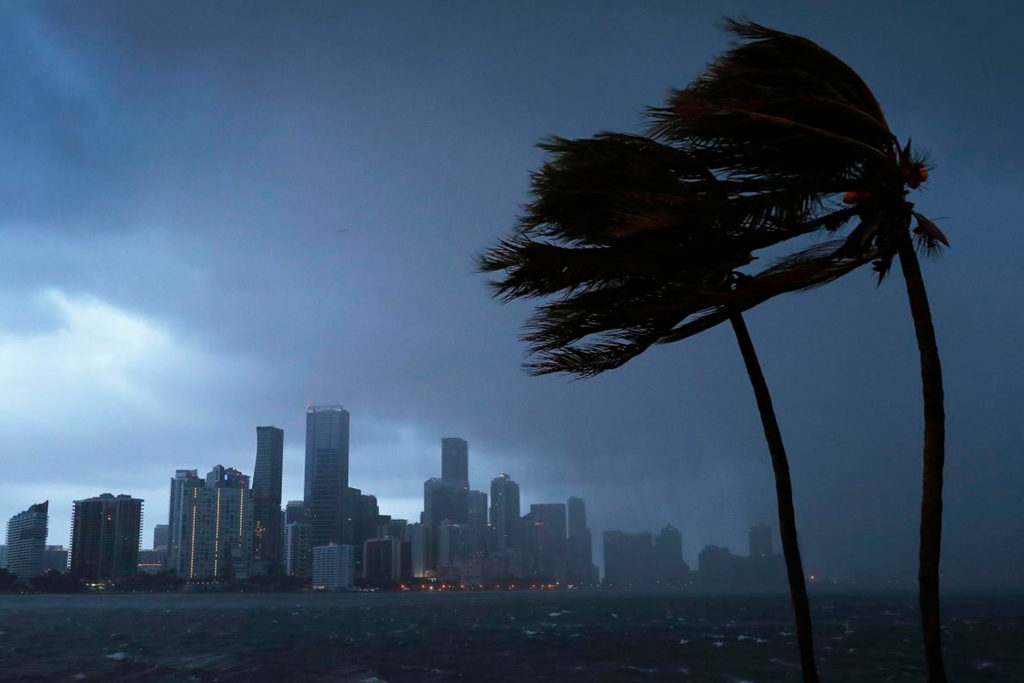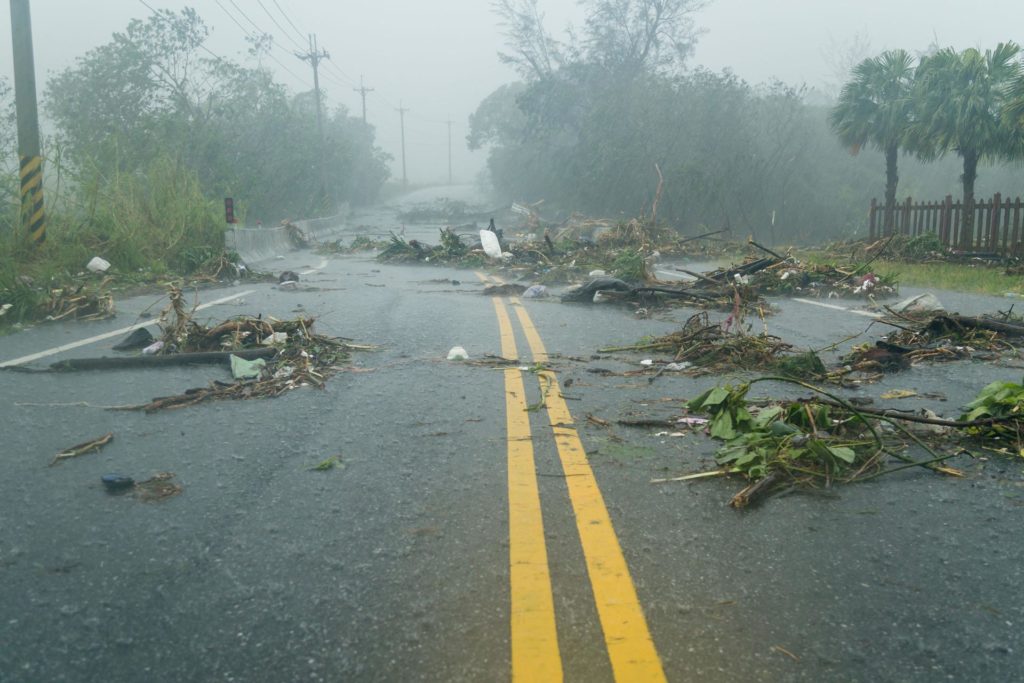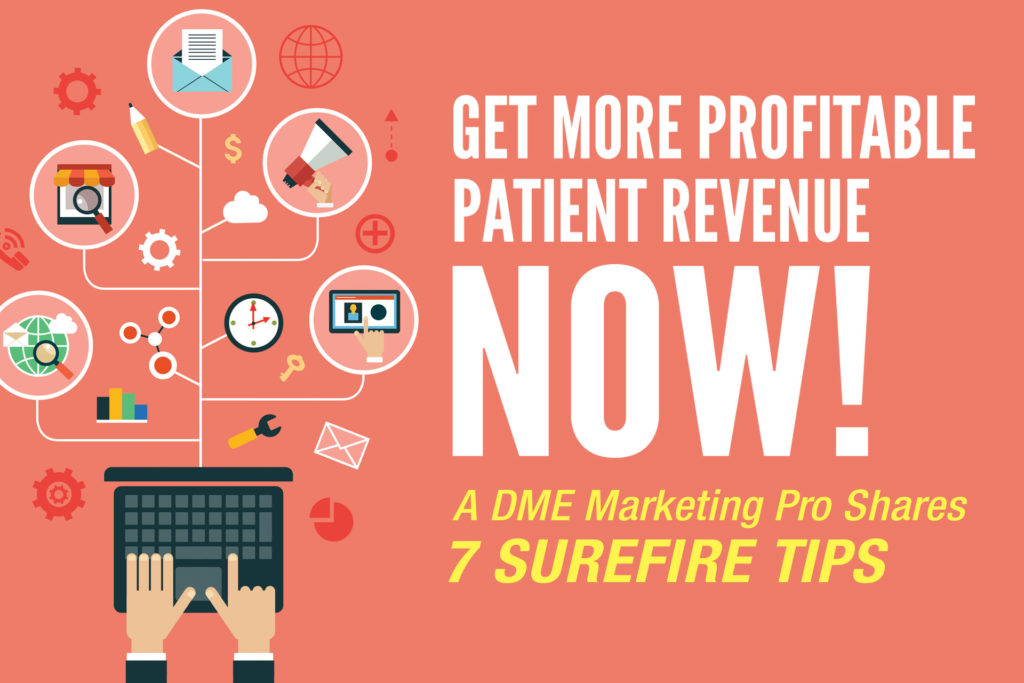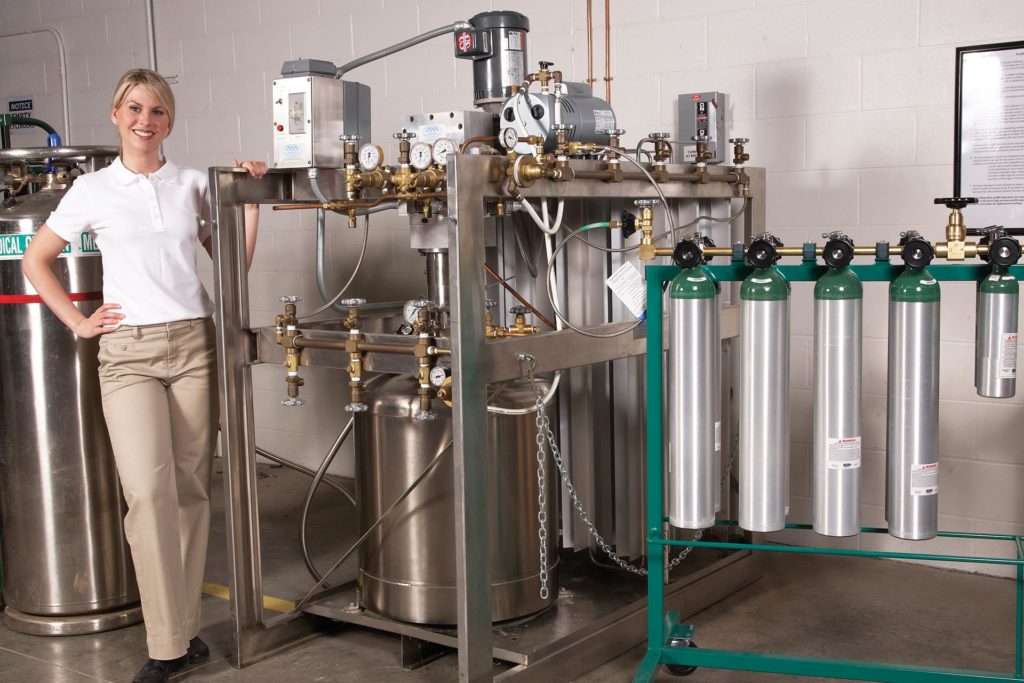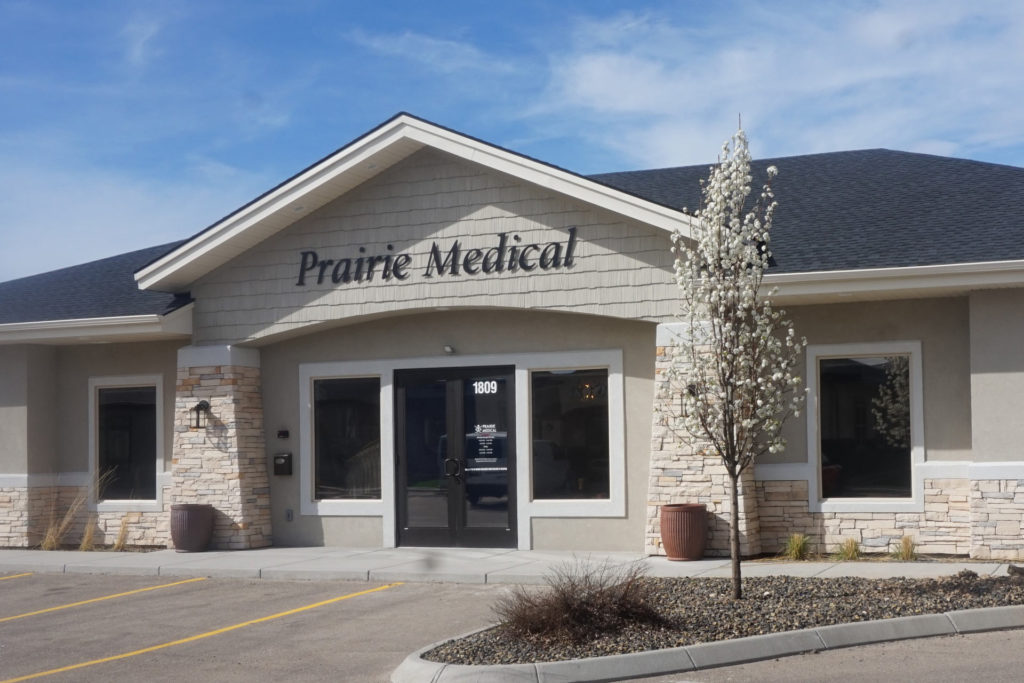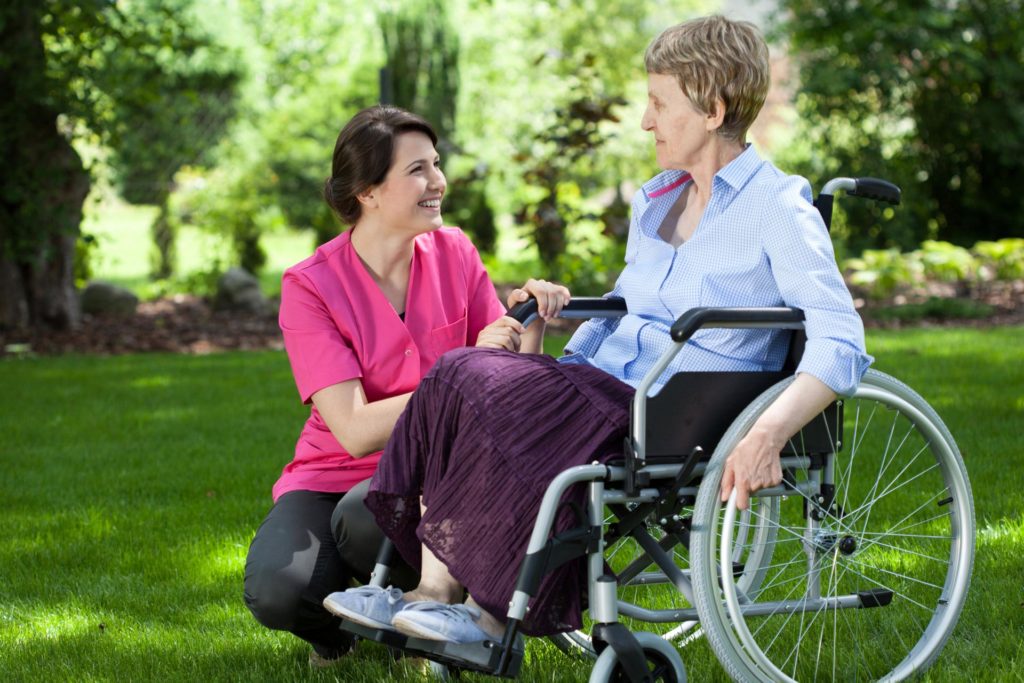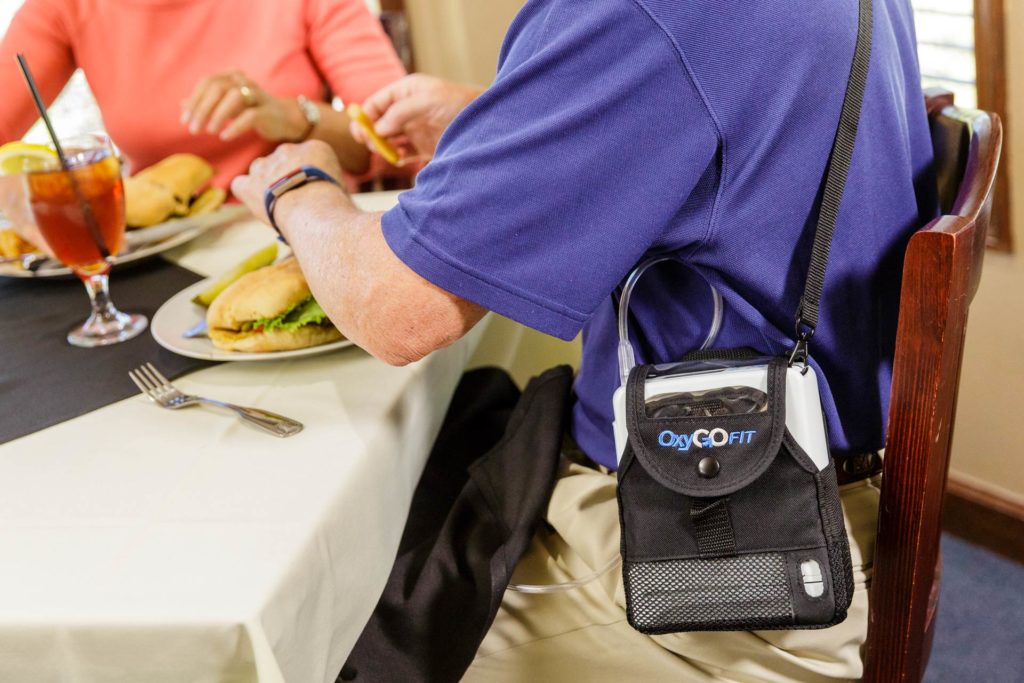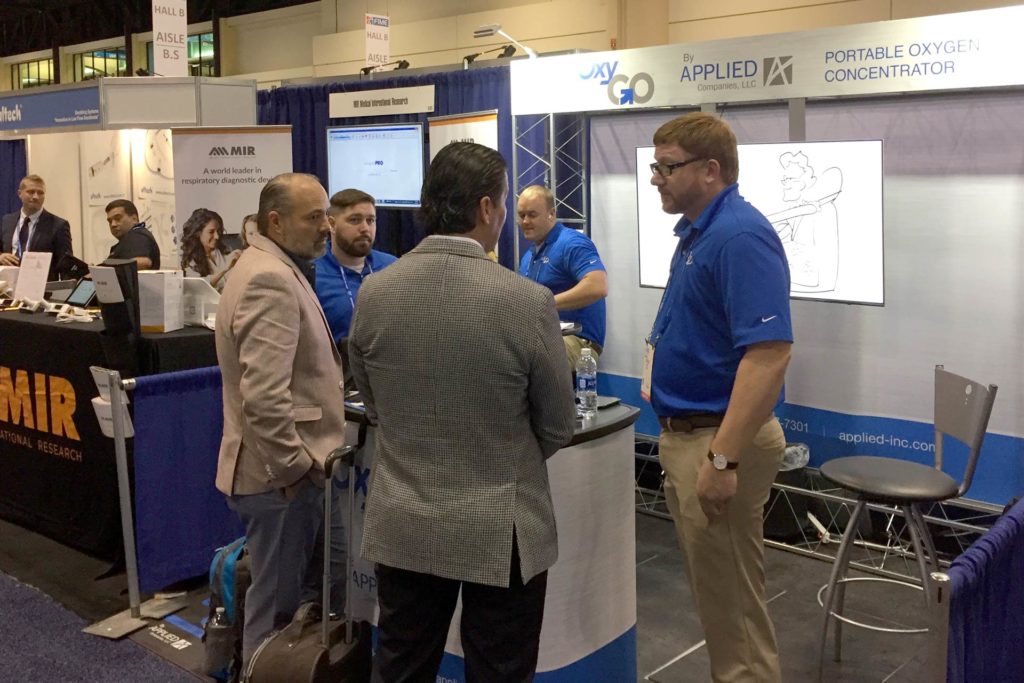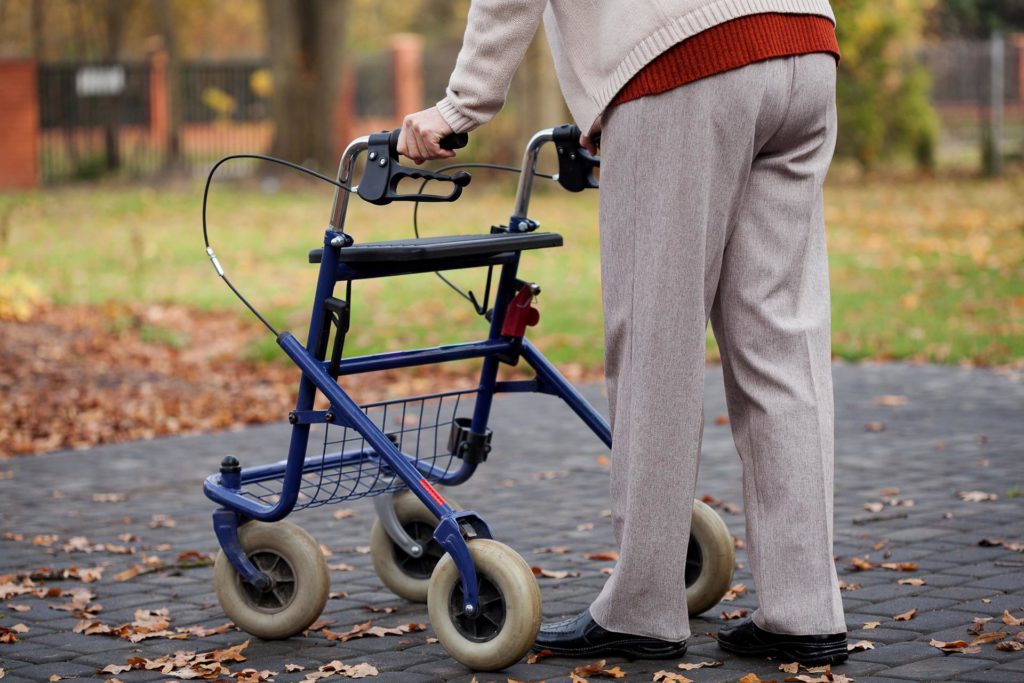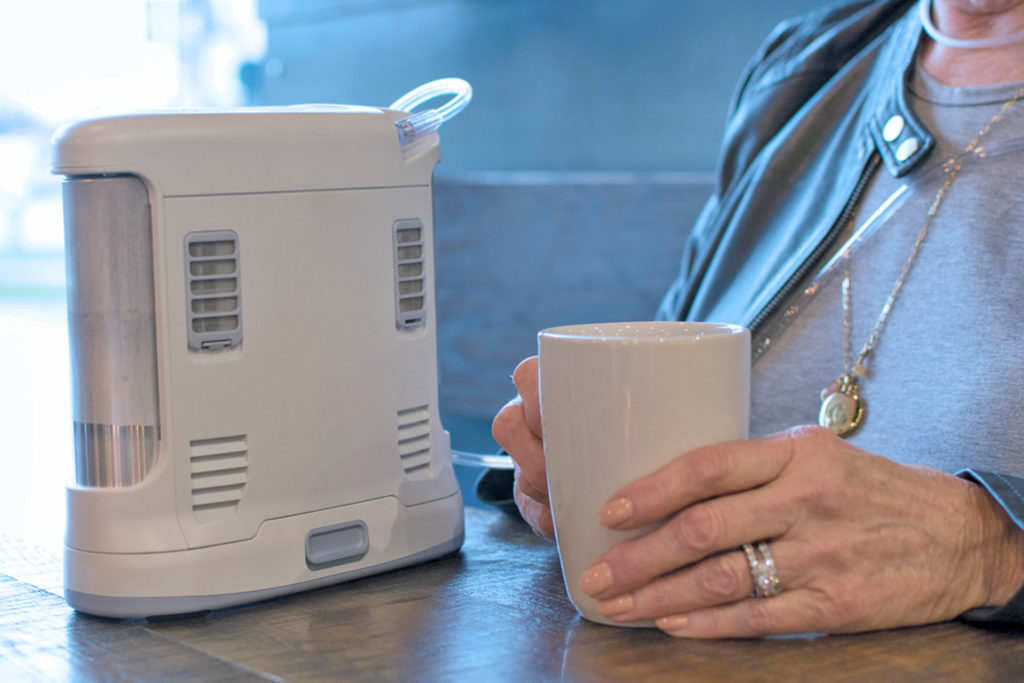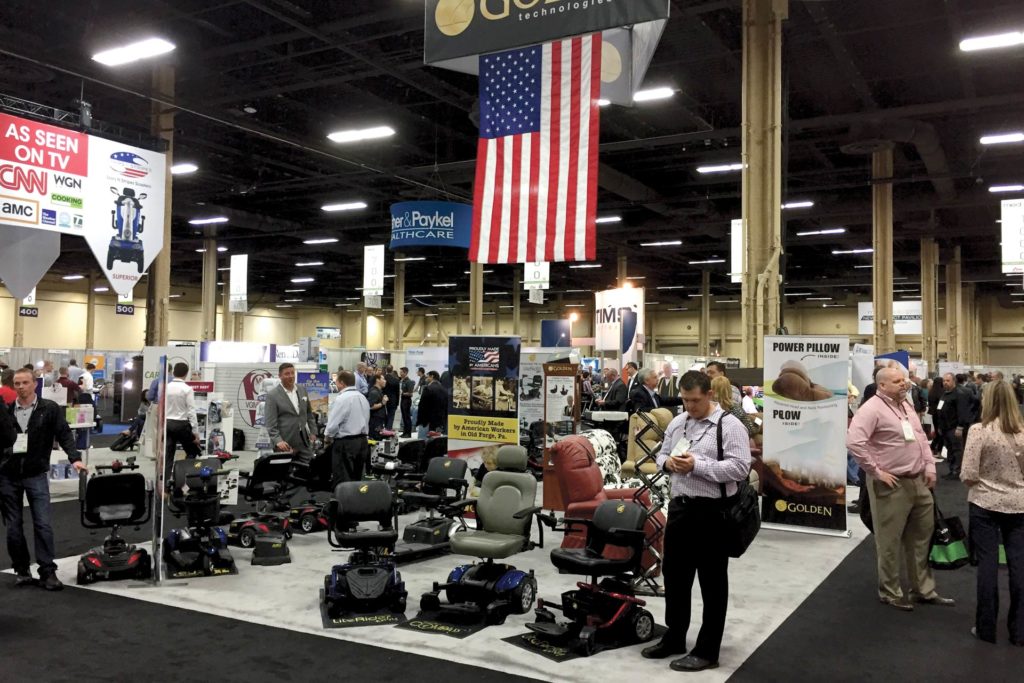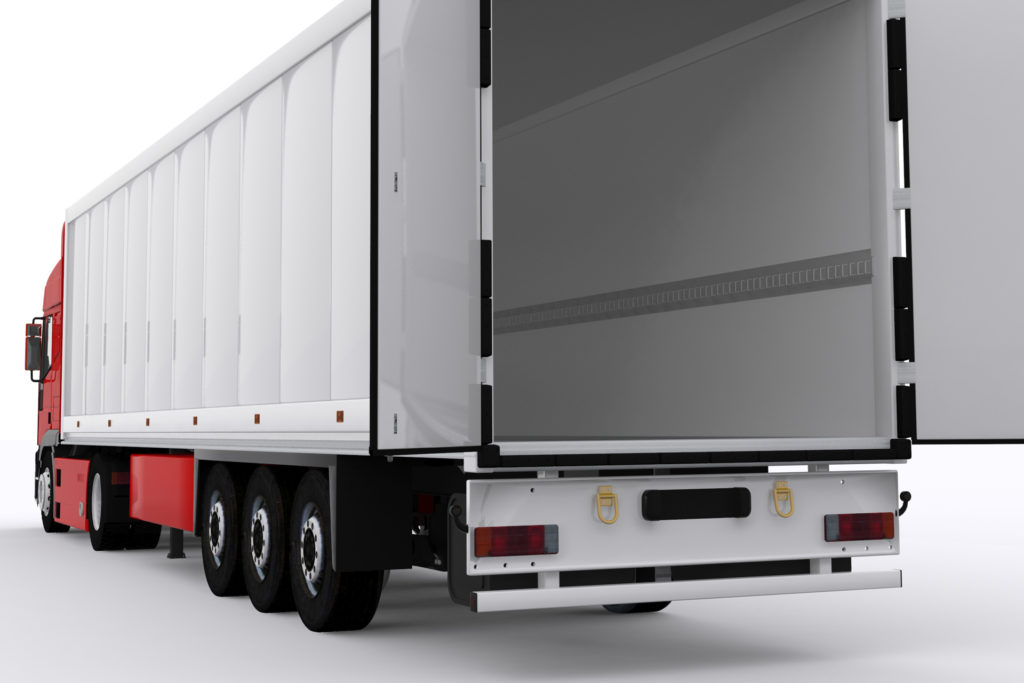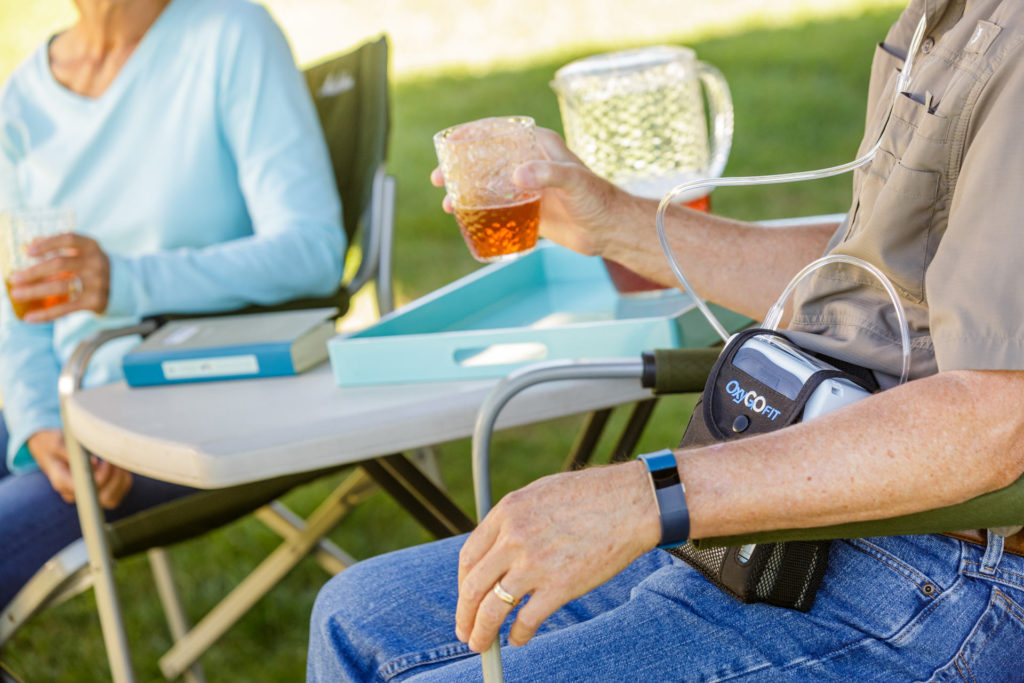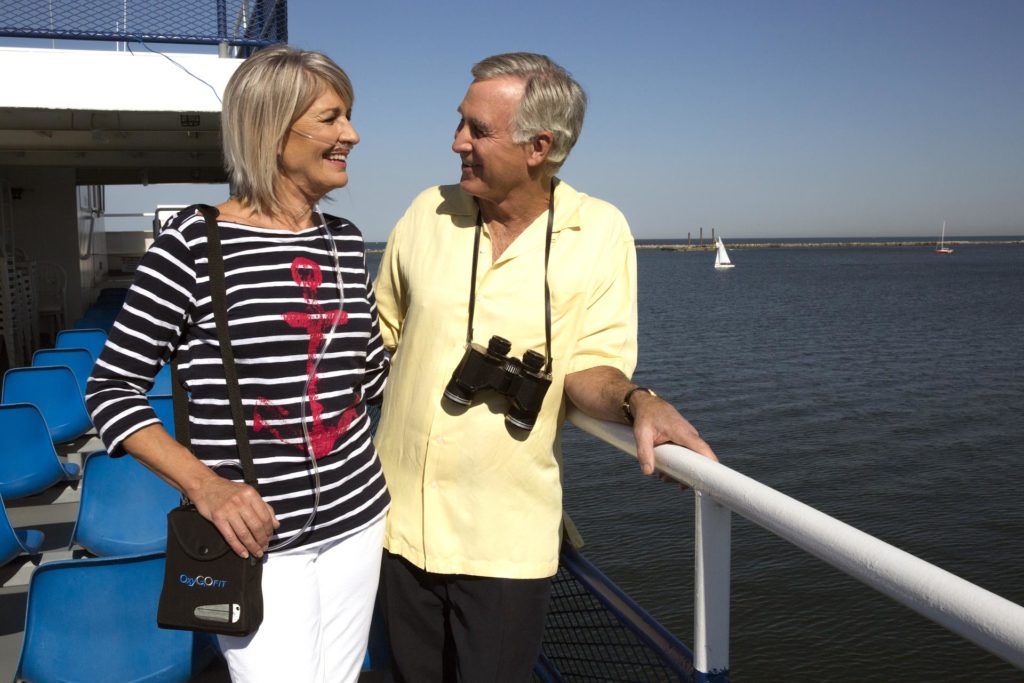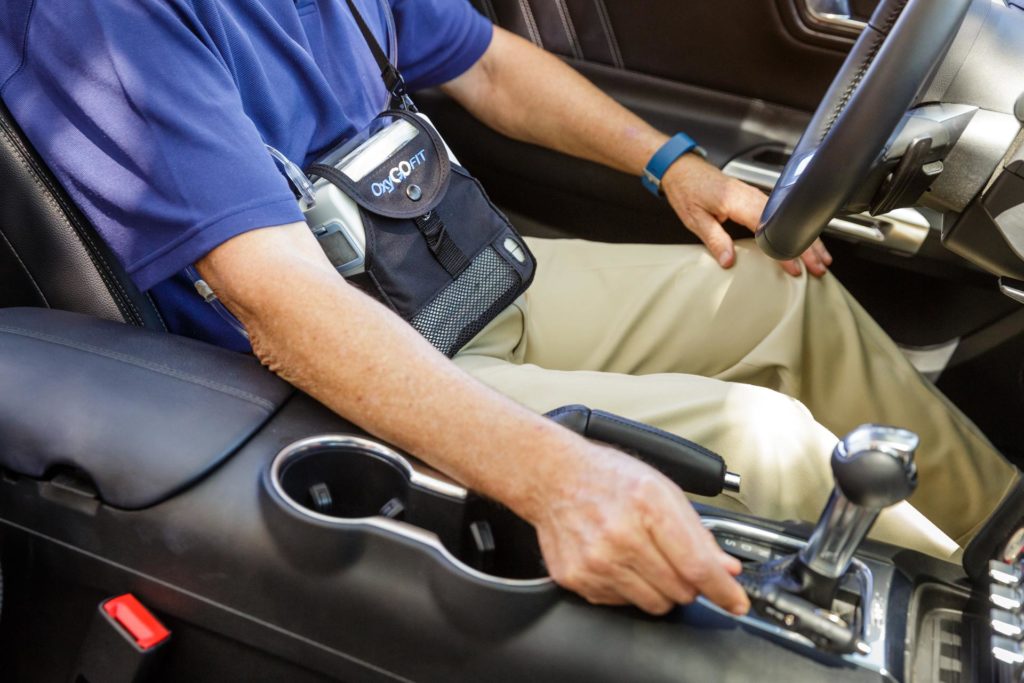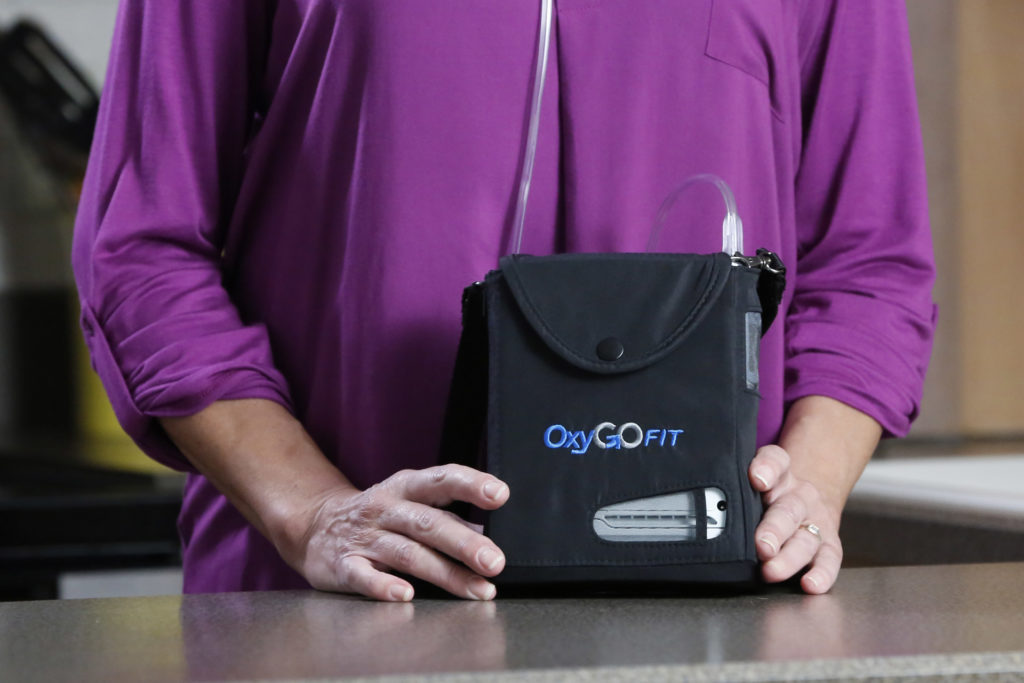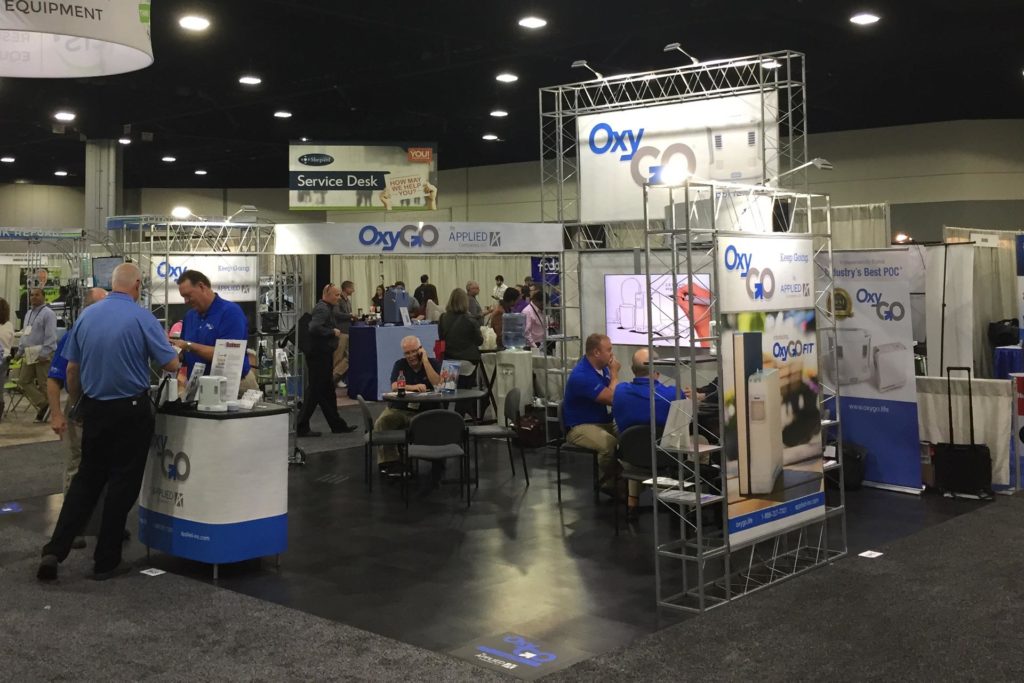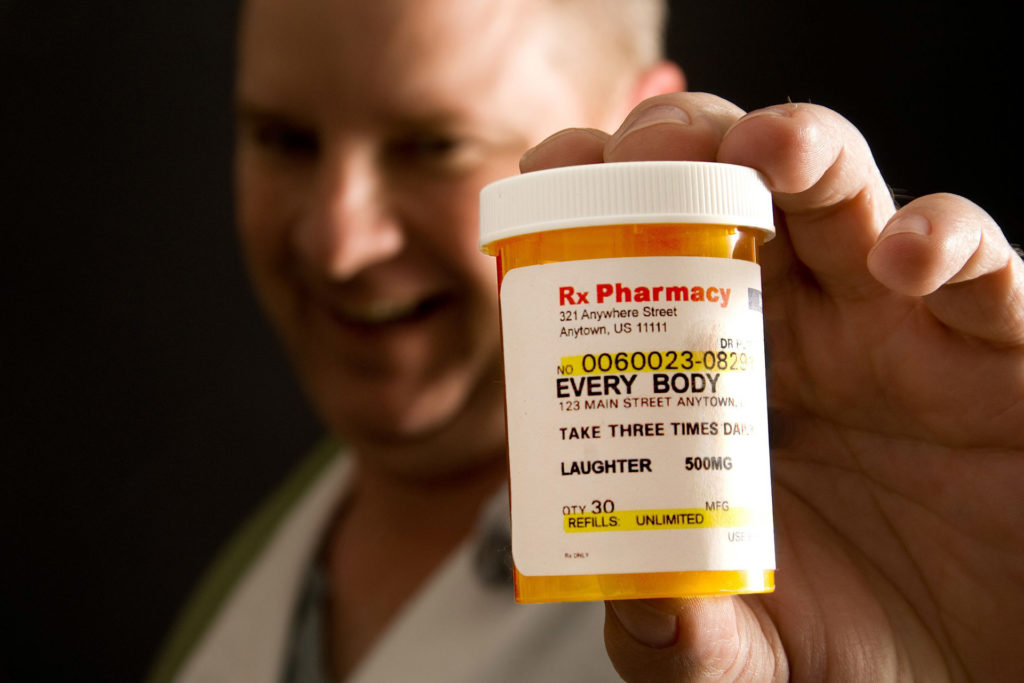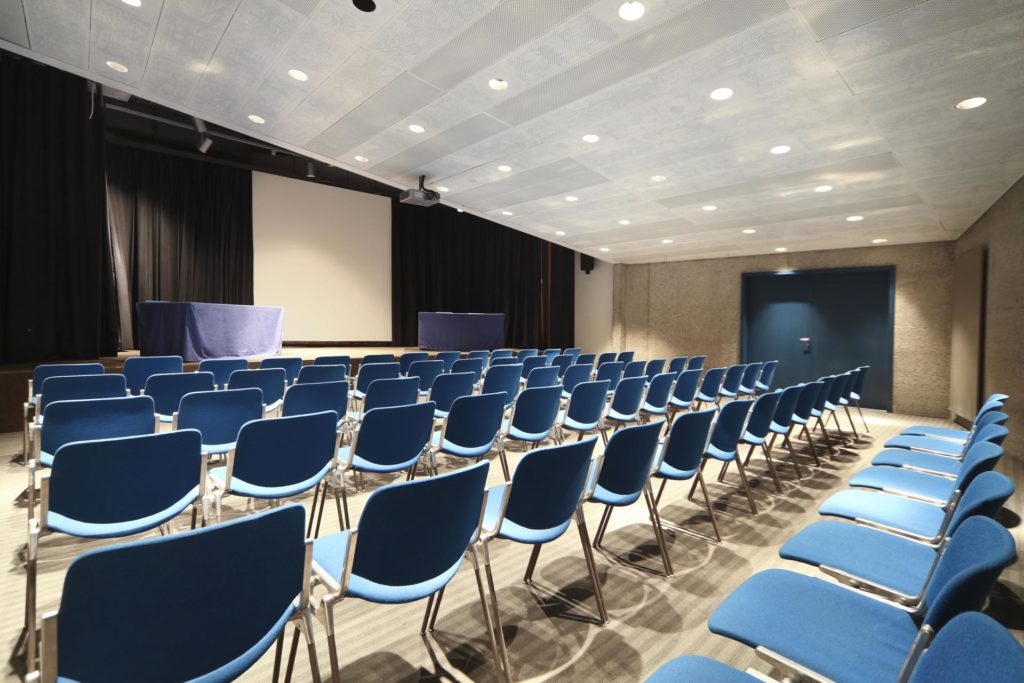Moving the Needle

In July, 2017, American Association For Homecare published a vivid report that brought into focus the DME decline plaguing the healthcare industry. It shows, state by state, the extent to which DMEs have gone out of business between 2013-2017. The losses are a sobering reminder of how important it is to control expenses. And the Smart Delivery™ oxygen model is one proven way to help dramatically contain costs.
Home HealthCare TODAY went behind the scenes to talk with two DME providers who have survived this tumultuous market, about the impact of the Smart Delivery oxygen model on their business operations.
Here’s what they had to say …
Respiratory Services of Western New York is a fast-growing DME provider in the Buffalo/Rochester area that has leaned heavily on the Smart Delivery oxygen model to help fuel its growth. The company is a big player in providing patients with portable oxygen concentrators, CPAP masks, COPD & apnea supplies, bathroom supplies and ambulatory aids. Since its first store opened in Cheektowaga, NY in 1997, Respiratory Services of Western NY has been able to expand to five locations.
Owner Michael (Mick) McCartney credits the Smart Delivery oxygen model as one of the key factors that has allowed him to expand and survive the negative impact of competitive bidding on revenues.
Respiratory Services has about 8,000 patients and about 40% of them (about 3,200 patients) are on oxygen his company supplies. Of those 3,200 patients on oxygen, Mick estimates that over 3,000 are on concentrators—either stationary or portable POCs, or both—not requiring weekly or monthly tank delivery.
Two of Mick’s oxygen patients, Rosalie Fallowe and Dorothea Lawson, are extremely happy to be free of oxygen tanks and voiced their strong support for POCs and the “no tank oxygen delivery model” as THE way to go. Both praised Respiratory Services of New York for outstanding customer service that went above and beyond what they consider normal customer service.
The Smart Delivery oxygen model also plays a huge role in the success of the Home Oxygen Company (HOC) in California, with offices in Modesto and Sacramento. Todd Usher and his wife, Andrea Ewert, started HOC almost exclusively based on the Smart Delivery oxygen model. Their oxygen tank deliveries to patients are now practically zero.
Usher cites the impact of competitive bidding as being among the prime reasons so many DMEs/HMEs are going out of business across the United States. He also sees the Smart Delivery oxygen model as a primary way to fight back.
Home Oxygen Company — Todd Usher
HHCT: Is every single oxygen patient you have Smart Delivery?
Todd: Yes, except for a few hospice patients that use nocturnal oxygen. All patients are on a Homefill or Portable Oxygen Concentrator. This is how we started our business and built from the ground up.
HHCT: Why do you think there are still many HMEs or DMEs that are hesitant to go the Smart Delivery route?
Todd: The DMEs/HMEs I have spoken with over the years have been hesitant because of up-front cost. A good portion do not know the cost of running their business. Since 2006, pricing for these units (Homefill/POC) has been slashed by 50% and providers seem to still be in sticker shock. It’s difficult for most to see the value of long-term cost savings and total lowest cost of the oxygen Smart Delivery model.
Some national providers—even large regional providers—have sunk costs in existing models such as liquid or tanks, which prevents moving to new technology. The time to move over to Smart Delivery should have been while reimbursement was higher. Now, its more of a financial strain.
HHCT: In researching this story, one DME told me he was largely Smart Delivery, but one of the drawbacks was that he tended to lose more personal contact with his patients—and thus lost some sales he would have otherwise made through tank deliveries.
Do you agree there is merit to that argument? In your opinion, are there any other “cons” against the Smart Delivery model?
Todd: I respectfully disagree with my fellow provider. The savings realized from operational efficiencies far outweigh any ancillary add-on sales that can be realized. The only “con” we have experienced is shrinkage. We have addressed this issue by having a credit card on file for every new POC request.
HHCT: How different would your overall business be without the POC Smart Delivery model of oxygen?
Todd: Besides off-shoring a good portion of our labor needs, this is our greatest cost savings. Here is a list of what we “don’t” do as a result of Smart Delivery:
- Track lot numbers on thousands of tanks
- Shrinkage (usually around 10%) of thousands of tanks
- Inventory Management (Homefill tanks are serialized, POCs are serialized), easier to track.
- Tank / regulator / E-Cart (or bag) purchases
- Tank storage
- Purchase tank refills from a local distributor
- Monthly re-delivery headaches, including: overtime, traffic, late delivery, patient satisfaction / dissatisfaction
- A technician, truck, vehicle insurance, workers compensation, health insurance for the technician, and GAS!
- Invoice generation for re-delivery
- Invoice processing, labor, stamps and billing for redelivery (reimbursement is minimal and does not cover the monthly operation cost)
- We NEVER have tank deliveries on weekends or that dreaded phone call on Friday night at 5:00 from a patient saying “I forgot to order” … or “I’m out of oxygen”.
HHCT: Are there any questions I should have asked you that I have not asked about the benefits of the Smart Delivery oxygen model?
Todd: Not that I can think of. But can you imagine how much automobiles would cost if robotic welders were not deployed in the factories? … How much a bottle of milk would cost if they were still delivered to your doorstep? … Worse yet, if our family physician came to our home every time we were sick?
Smart Delivery is the future of oxygen “delivery” and the future is TODAY! Besides off-shoring a good portion of our labor needs, [Smart Delivery] is our greatest cost savings … Smart Delivery is the future of oxygen ‘delivery’ and the future is today!
Respiratory Services of Western New York — Mike “Mick” McCartney
HHCT: How did you get into the respiratory home oxygen business?
Mick: I was working as a respiratory therapist for a national home care supplier and I also was working 13-hour shifts at the hospital, so I had three days on and then four days off, and I had all this extra time on my hands. In 1997, when they had the big Medicare cuts, the national supplier cut their service as well. So I was laid off and lost my job in home care.
HHCT: You were only 27 at that time. What happened when you lost your job?
Mick: When I was laid off in 1997 (this was the time when cell phones first came out), all of my patients had my cell phone number and asked why I wasn’t coming to see them anymore. I told them what had happened and they encouraged me to open my own oxygen company. Thank God I did. I haven’t looked back ever since we opened our doors.
HHCT: How has the Smart Delivery oxygen model most impacted your business?
Mick: It frees up time so we can spend it with patients who require more education. It also saves the company overtime, inventory, and manpower—especially on last-minute deliveries called in.
HHCT: You have managed to grow your DME business from a bedroom office to five stores today in the Buffalo and Rochester areas. What have been the main factors that have allowed you to achieve such outstanding growth?
Mick: We grew by word of mouth and then acquired the best sales rep in the industry—Patti Capitani.
HHCT: You said that reimbursement was around $400 just before you got into business?
Mick: Correct. And then as soon as I went into business, people thought I was crazy for opening up a home care company because the reimbursement dropped to $275 with Medicare cuts. It’s now down to $75 a month for servicing one patient—and that’s if you are a “winner” in the competitive bid process.
HHCT: How much do you save by using Smart Delivery whenever possible?
Mick: A lot! Tank delivery costs me about $75-$78 per patient, per month, with a service technician going out there, the equipment, and the tank contents. But with the Smart Delivery model I’m looking at basically $35-$40 LESS, per patient, per month.
HHCT: Have you ever had an interaction with a patient on oxygen (either tanks or POCs) that was especially memorable?
Mick: I had an experience when I first started out seeing patients. One patient was wearing his oxygen while smoking a cigarette. I flipped out—especially being a respiratory therapist and reeducated him on the hazards of smoking with oxygen. I also had a patient who was self-conscious about attending a wedding with all these heavy cylinders, until we provided her with a portable concentrator. She is traveling all over the world now!
HHCT: And are you totally Smart Delivery now or do you still get involved in oxygen delivery?
Mick: We still do delivery to nursing homes that have to get cylinders because they don’t want POCs for their patients. They want them on cylinders and that’s something I have to do if I want the referrals.
HHCT: What do your patients on oxygen most like about POCs compared to tanks… and what POC improvements would they most like to see? What POC innovations would you like to see?
Mick: They like that POCs last longer, are lightweight, and that they don’t have to carry extra cylinders in vehicles. POCs are easy to use for them and their family members. They would like to see an even longer battery life, quieter, and of course—lighter.
As a provider, I would like to see a lower cost, longer battery, better warranty, and better support from manufacturers’ staff—especially when the equipment malfunctions while traveling.
HHCT: How easy is it for your patients to use POCs?
Mick: It’s pretty easy because of the size, the weight, and the quietness. They’re not as loud as they used to be. Sometimes patients forget how long the battery lasts and they have to be reeducated on that, but once they see it, they think it lasts forever. You don’t have to change anything like you would have to do with a regulator on a cylinder. The only challenge is reminding them about the importance of charging the battery. Sometimes older patients can be a bit forgetful.
HHCT: How much happier are your patients once they get the hang of using POCs compared to being on oxygen cylinders?
Mick: Oh, they’re very happy because it changes their whole quality of life. They’re very mobile now. They’re able to go hang out, be in their communities, and not have to worry about getting back to change a tank. So it’s definitely a very pleasant place for them. Of course they always want smaller concentrators—but the smaller they go, the less they will last, and they have to realize that.
HHCT: When you started in 1997, what percentage of your patients were on tanks?
Mick: One hundred percent. Actually, I should say 90 percent and the rest was liquid oxygen. I was doing liquid oxygen back then.
HHCT: We have discussed the advantages of the Smart Delivery oxygen model—but what about the cons? You mentioned to me the drawback of less direct contact with the patient. Can you explain?
Mick: I lose the monthly interaction with patients… the compliance… not being able to give feedback to the physicians… and also the ability to promote other products. By not being in front of the patient, I feel we lose other revenue streams. Patients now have to go to big-box chains for their other medical needs that we could potentially provide.
HHCT: Is there one POC brand that works better for you than others? Or are they all equal?
Mick: I really like OxyGo®. I think you get the most bang for your buck with the OxyGo. I would say it’s probably the best one on the market right now.
HHCT: Why is that?
Mick: Because of issues with other brands coming back broken… issues with things going down… the cost of the other ones. With their bigger size they really don’t look like a portable concentrator. They look more like a stationary concentrator. So that’s kind of why I steer away from those. The OxyGo is the lightest, most user-friendly, and has the longest battery life.
HHCT: You mentioned that the OxyCare TOTAL Advantage™ finance program has been helpful to you. How exactly?
Mick: Oh, it’s been very useful for people that can’t afford the big up-front cost; they can budget the expense over a year (or two years) with our financing programs.
For me, as the home care supplier, it’s all about my costs. I’m getting paid up front, and it’s less that I have to do. I don’t have to try to collect the money down the road if there is an issue with the patient. It’s out of my hands now. Patients are getting the product they want and I am getting paid within a couple of days. So it’s a nice program that OxyGo offers. And I can use it for other equipment too.
Tank delivery costs me about $75-$78 per patient, per month, with a service technician going out there, the equipment, and the tank contents. But with the Smart Delivery model I’m looking at basically $35-$40 LESS, per patient, per month.
* Smart Delivery™ is the OxyGo® program of using OxyGo to reduce deliveries from 10 to 100% with OxyGo’s smart leasing programs funding the savings from non-delivery of tanks.
RELATED POSTS
